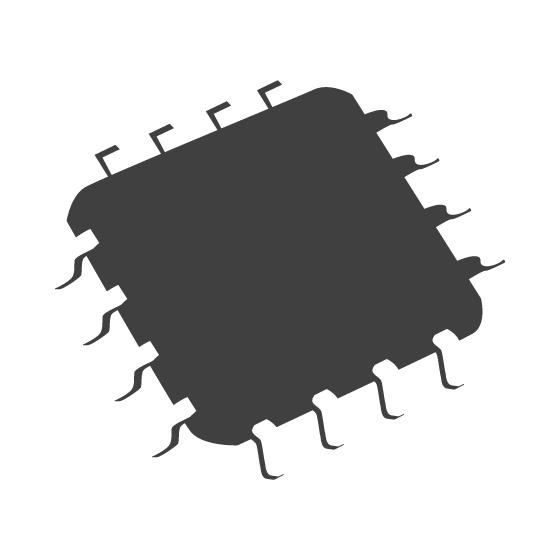The STHV200 is a fully integrated high-voltage driver including both a dual-channel linear and a dual-channel pulser driver. Pulser and linear share the same high-voltage output node XDCR and allow the user to select which output stage to use according to each specific application. This solution allows to optimize the final performances in terms of flexibility, harmonic contents, and power consumption, meeting the most demanding needs for the end application. The device can support a wide range of operating modes as pulsed wave (PW), continuous wave (CW), and elastography.
Each linear driver is a non-inverting configuration operational amplifier (op-amp) with four programmable gains (39 dB, 36 dB, 32.5 dB, and 24 dB) providing in this way the best performances for the output signal in a range between 1 Vpp and 180 Vpp. Linear drivers have been designed to optimize harmonic and noise performances thanks to a bandwidth up to 20 MHz when the maximum gain is set. Bandwidth increases reducing the gain and it reaches 25 MHz with the minimum gain setting. Each op-amp drives directly the corresponding XDCR output node without any diode connections, generating a very clean output signal and minimizing odd distortion. An internal circuit fully isolates the output to its parasitic capacitances during pulser driver activity. Fast turn-on and off times of 1.8 us and 0.6 us make the device suitable also for near-field images. A new and dedicated structure, named active diodes, mitigates the glitch injection during the linear turn-on/off.
Pulser drivers are designed in a half-bridge configuration with a programmable saturation current (0.5 A, 1 A, 1.5 A, and 2 A) for both high-side and low-side. The generated output voltage can vary from 2 Vpp up to 200 Vpp. A real-to-zero Clamp structure with a current capability of 1 A can directly force the output node to ground. Users can fine-tune the delays of both positive and negative edges and also choose a dedicated setting for CW and elastography mode, thus optimizing the performances and the power consumption in each operative condition.
When STHV200 is used in linear mode, each individual output channel can pulse between high-voltage supplies (positive or negative, HVP_L or HVM_L), using the linear driver. When STHV200 is used in pulser mode, the waveforms generated are described as sequences of states. With each state, it is possible to configure each individual output channel to be connected to high-voltage supplies (positive or negative, HVP_P or HVM_P), clamped to ground (Clamp), or left in high-impedance (HZ).
Each channel integrates a TR switch (TRSW) that connects the XDCR with a low-voltage output node (LVOUT). The TRSW is an active structure, without any DC consumption, to guarantee effective isolation during the transmit (TX) and receiving (RX) phases. The LVOUT pins can be multiplexed to reduce the receiving channels.
The STHV200 embeds also freewheeling diodes protection, which clamps the recirculating current in case of inductive output load, an anti-memory circuit, which allows to discharge all internal nodes during the Clamp state. Short-circuit protection is also implemented on the output nodes, to prevent dangerous conditions if the impedance load is lower than 5 Ω (low-resistance or high-capacitance) or in case of an unintentional short of the output pins. In addition, other internal global checks and auto-diagnostic functions are integrated into the device to ensure safe operating conditions.
SPI protocol is used to program all the functionalities of the device.
STHV200 is available in a QFN 7x7 package with 48 pins.


